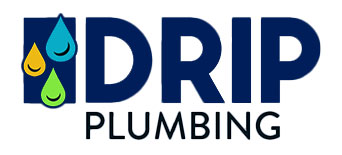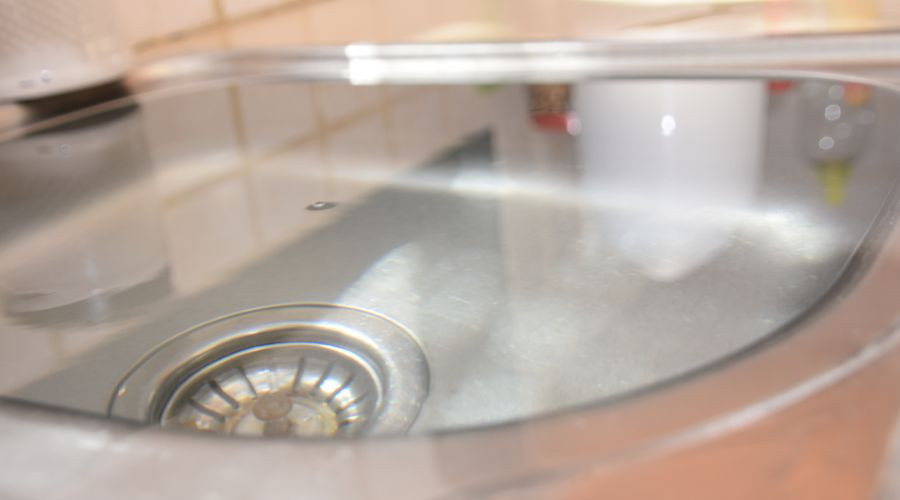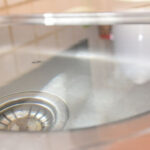Steps To Take When a Sewer Line Is Backed Up
A sewer line backup is a nightmare scenario for any homeowner, threatening costly property damage and significant health hazards.
Sewage water often contains harmful bacteria, viruses, and parasites that can cause various illnesses, including gastroenteritis, hepatitis, and skin infections. Moreover, sewer backups can unleash toxic chemicals and gases, posing serious risks, including respiratory issues and other health concerns.
Such incidents can also disrupt daily routines by impacting other plumbing components. Identifying the common causes of sewer line backups and adopting effective prevention and repair strategies can help save time and money and avoid unnecessary stress.
Local plumbers share essential insights into why sewer line backups happen, how to fix them, and proactive steps to prevent future issues. This knowledge empowers households to protect their homes and maintain a healthy environment.
Reasons For Frequent Sewer Line Backups
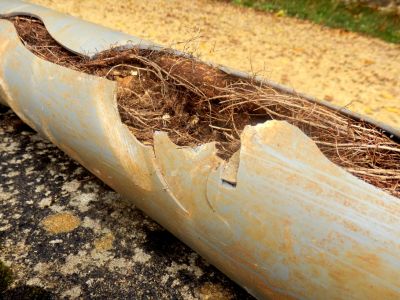 Sewer backups occur when sewage or wastewater rises through sinks, toilets, or drains. This typically happens when a blockage obstructs the sewer pipe, preventing wastewater from flowing properly.
Sewer backups occur when sewage or wastewater rises through sinks, toilets, or drains. This typically happens when a blockage obstructs the sewer pipe, preventing wastewater from flowing properly.
Regular sewer line clogs can be a major hassle, interrupting everyday life and causing stress for everyone involved. When these blockages happen often, it usually means bigger plumbing issues need to be addressed quickly.
Figuring out why these stubborn blockages keep happening is important for finding ways to fix them and ensuring the sewer system works well over the long haul. Some common reasons for these ongoing issues include:
- Tree Root Infiltration: Tree roots naturally look for water, often leading to sewer pipes. Over time, these roots can grow into the pipes, leading to clogs, cracks, and even serious damage.
- Clogs and Blockages: Grease, bits of food, sanitary products, and wipes can build up in our pipes every day. This buildup can cause tough blockages that slow water flow and lead to backups.
- Crushed or Broken Pipes: Moving dirt, building projects, or using heavy machinery can damage sewer pipes. This damage can lead to the pipes cracking, breaking, or becoming out of place, which can block the flow of waste and cause backups.
- Age and Wear and Tear: Older sewer lines, particularly those made from clay or cast iron, can deteriorate over time. This natural aging process makes them more susceptible to leaks, cracks, and other structural failures.
Knowing the cause of a sewer line backup is necessary for effective repair. We can implement the best solution and prevent future issues by understanding whether it’s due to clogs, tree roots, or pipe damage.
How to Fix a Backed-Up Sewer Line
A backed-up sewer line is more than just a minor plumbing problem. It’s important to seek the help of a professional plumber to assess the situation properly. The method for clearing the blockage can vary greatly depending on the root cause. Below is an overview of some common professional solutions used to address these issues:
- Sewer Camera Inspection: Plumbers insert a high-resolution camera into the sewer line during sewer video inspections to pinpoint the exact location and nature of the issue. This non-invasive method accurately identifies blockages, cracks, or collapsed sections, allowing for targeted repairs.
- Hydro Jetting: Dealing with clogged pipes due to grease, dirt, or mineral buildup can be frustrating. Hydro jetting is a great solution to this problem. This method uses powerful water jets to clean the inside of pipes, helping restore good water flow. It’s an effective and eco-friendly way to keep plumbing systems running smoothly.
- Trenchless Sewer Repair: For sewer lines damaged by tree roots, shifting soil, or aging, trenchless pipe lining or bursting can repair the pipe without extensive excavation. These solutions minimize property disruption and efficiently restore the sewer line.
- Root Removal and Prevention: When tree roots invade sewer lines, specialized tools are used to eliminate them and restore the pipes. Plumbers also apply root-inhibiting treatments to prevent future growth during maintenance.
Regardless of the method, homeowners must hire a professional plumber to diagnose and address the issue properly. DIY attempts often exacerbate the problem or result in incomplete repairs, leading to more costly issues.
Ways to Prevent Sewer Line Backups
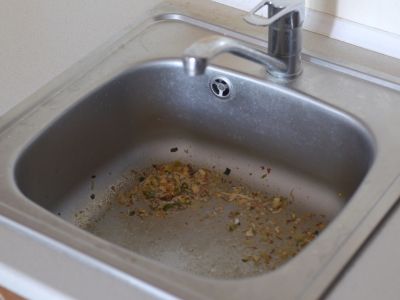 The top advice from every professional plumber is never to overlook routine plumbing system maintenance. In addition, they recommend these key steps to help homeowners prevent costly and disruptive sewer problems:
The top advice from every professional plumber is never to overlook routine plumbing system maintenance. In addition, they recommend these key steps to help homeowners prevent costly and disruptive sewer problems:
- Flush Only Toilet Paper and Waste: When using the toilet, only toilet paper and human waste should be flushed. Items such as wipes, paper towels, feminine hygiene products, and dental floss should be thrown in the trash, as they can easily lead to blockages.
- Proper Grease Disposal: Do not pour grease, fats, or oils down the drain. These substances can harden inside pipes, creating stubborn blockages over time. Instead, collect grease in a disposable container and throw it in the trash.
- Install a Backwater Valve: A backwater valve can be a game-changer, preventing sewage from flowing back into the home during heavy rain or sewer line backups.
- Schedule Routine Maintenance: Regular plumbing inspections and professional drain cleaning are key to catching minor issues before they escalate. Preventative measures like hydro jetting can keep lines clear and functioning efficiently.
- Act Quickly on Warning Signs: If slow drains, gurgling noises, or foul odors appear, call a plumber immediately. Early intervention can prevent minor clogs from developing into severe sewer line backups.
About DRIP Plumbing
DRIP Plumbing is a family-owned business that delivers exceptional plumbing services to Northern Denton County. We take pride in offering same-day services and employ licensed plumbers who are trusted professionals. For reliable sewer line repairs in Denton, TX, please contact us today.
Distribution Links +
- https://smb.vicksburgpost.com
- https://smb.bluegrasslive.com
- https://smb.claiborneprogress.net
- https://smb.clantonadvertiser.com
- https://smb.brewtonstandard.com
- https://smb.demopolistimes.com
- https://smb.elizabethton.com
- https://smb.greenvilleadvocate.com
- https://smb.jessaminejournal.com
- https://smb.kenbridgevictoriadispatch.com
- https://smb.leaderpub.com
- https://smb.luvernejournal.com
- https://smb.selmatimesjournal.com
- https://smb.thesnaponline.com
- https://smb.troymessenger.com
- https://smb.windsorweekly.com
- https://smb.clemmonscourier.net
- https://smb.gatescountyindex.com
- https://smb.harlandaily.com
- https://smb.irontontribune.com
- https://smb.ourdavie.com
- https://smb.state-journal.com
- https://smb.thecharlottegazette.com
- https://smb.thecoastlandtimes.com
- https://smb.theinteriorjournal.com
- https://smb.thetidewaternews.com
- https://smb.tryondailybulletin.com
- https://smb.winchestersun.com
- https://smb.farmvilleherald.com
- https://smb.salisburypost.com
